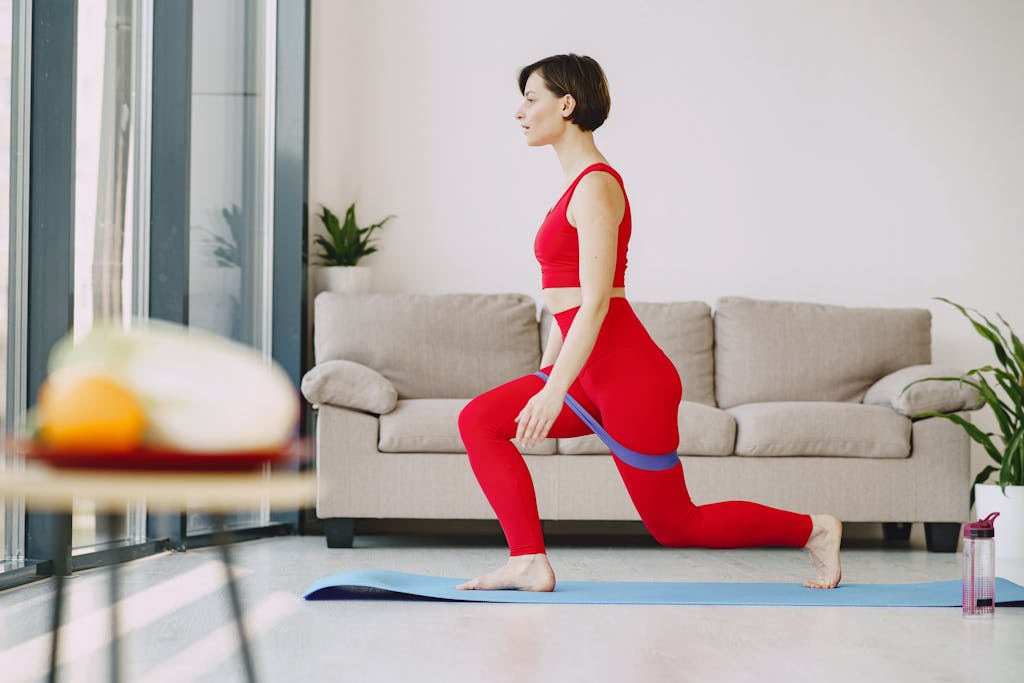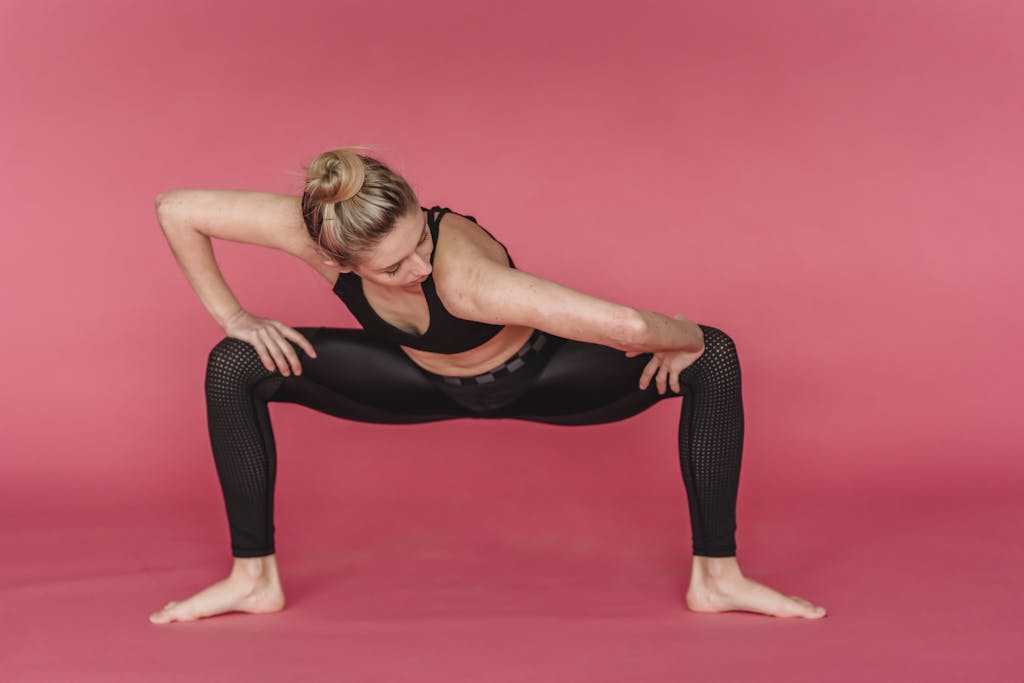Discover the ultimate guide to squat leg exercises! From form tips to variations, explore the depths of squats for stronger, toned legs!
Introduction
Welcome, fitness enthusiasts, to the ultimate exploration of squat leg exercises! If you’ve ever wondered about the magic behind sculpted legs or sought to unleash the power of your lower body, you’re in for a treat! In this comprehensive guide, we’re diving deep into the world of squats, uncovering everything from their benefits to various techniques and modifications. So, grab your workout gear and let’s embark on this exhilarating journey of Squat Leg Exercises: Dive Deep into the World of Squats!
The Basics of Squats: Setting the Foundation
Squat leg exercises are the cornerstone of any lower body workout routine. But before we delve into the intricacies, let’s start with the basics:
What are Squats?
Squats are compound exercises that primarily target the muscles in your lower body, including the quadriceps, hamstrings, glutes, and calves. They involve bending your knees while keeping your back straight, lowering your body until your thighs are parallel to the ground, and then returning to a standing position.
Benefits of Squat Leg Exercises
Why bother with squats, you ask? Well, buckle up because the benefits are aplenty:
- Strengthens Leg Muscles: Squats work multiple muscle groups simultaneously, leading to increased strength and endurance in your legs.
- Builds Core Stability: Engaging your core during squats improves balance and stability, which translates to better performance in various activities.
- Enhances Functional Movement: Since squats mimic everyday movements like sitting and standing, mastering them can improve your overall mobility and functionality.
- Boosts Metabolism: Squats are intense calorie-burning exercises that help rev up your metabolism, making them a fantastic addition to any fat-loss regimen.

Mastering the Art of Squat Leg Exercises
Now that you understand the fundamentals, let’s dive into the nitty-gritty of performing squat leg exercises with finesse:
Proper Form and Technique
Achieving the perfect squat requires mastering proper form and technique. Here’s a step-by-step guide:
- Start with Your Feet Shoulder-Width Apart: Position your feet shoulder-width apart, toes pointed slightly outward.
- Engage Your Core: Brace your core muscles to maintain stability throughout the movement.
- Initiate the Squat: Slowly lower your body by bending your knees and pushing your hips back, as if you’re sitting into an imaginary chair.
- Maintain Neutral Spine: Keep your back straight and chest lifted throughout the movement to prevent rounding or arching.
- Descend Until Thighs are Parallel: Lower yourself until your thighs are parallel to the ground or as far down as comfortably possible.
- Drive Through Your Heels: Push through your heels to return to the starting position, squeezing your glutes at the top.
Common Mistakes to Avoid
Even seasoned gym-goers can fall prey to these common squat blunders. Here’s what to watch out for:
- Leaning Forward: Avoid leaning too far forward, which can place excessive strain on your lower back.
- Knees Caving In: Keep your knees in line with your toes throughout the movement to prevent potential injury.
- Not Going Deep Enough: Aim to squat until your thighs are parallel to the ground to maximize muscle engagement.
- Rushing Through Reps: Maintain control and tempo throughout each repetition, avoiding rapid or sloppy movements.
Variations and Modifications
Spice up your squat routine with these exhilarating variations:
- Sumo Squats: Widen your stance and point your toes outward to target the inner thighs and glutes.
- Split Squats: Step one foot backward and lower into a lunge position, emphasizing unilateral leg strength.
- Jump Squats: Add a plyometric element by explosively jumping from the squat position, boosting power and athleticism.
- Goblet Squats: Hold a dumbbell or kettlebell at chest level while performing squats to challenge your core stability.
FAQs: Squat Leg Exercises Demystified
Q: Can squats help me build a bigger butt? A: Absolutely! Squats target the glute muscles, contributing to a perkier and more sculpted rear end.
Q: Are squats safe for beginners? A: When performed with proper form and technique, squats are safe for individuals of all fitness levels. Start with bodyweight squats and gradually increase resistance as you gain strength.
Q: How many squats should I do per workout? A: The number of squats you should do depends on your fitness goals and current level of strength. Start with 3 sets of 10-12 repetitions and adjust accordingly.
Q: Should I squat with or without weights? A: Both weighted and bodyweight squats offer benefits. Incorporating resistance through weights can help increase muscle mass and strength, but bodyweight squats are excellent for mastering form and building endurance.
Conclusion: Embrace the Power of Squats!
As we conclude our journey through the world of Squat Leg Exercises: Dive Deep into the World of Squats!, I encourage you to incorporate squats into your fitness routine regularly. Whether you’re aiming to sculpt lean legs, boost athletic performance, or enhance overall strength and mobility, squats are your ticket to success. Remember, consistency is key, so lace up those sneakers, squat deep, and reap the rewards of a stronger, fitter you!

